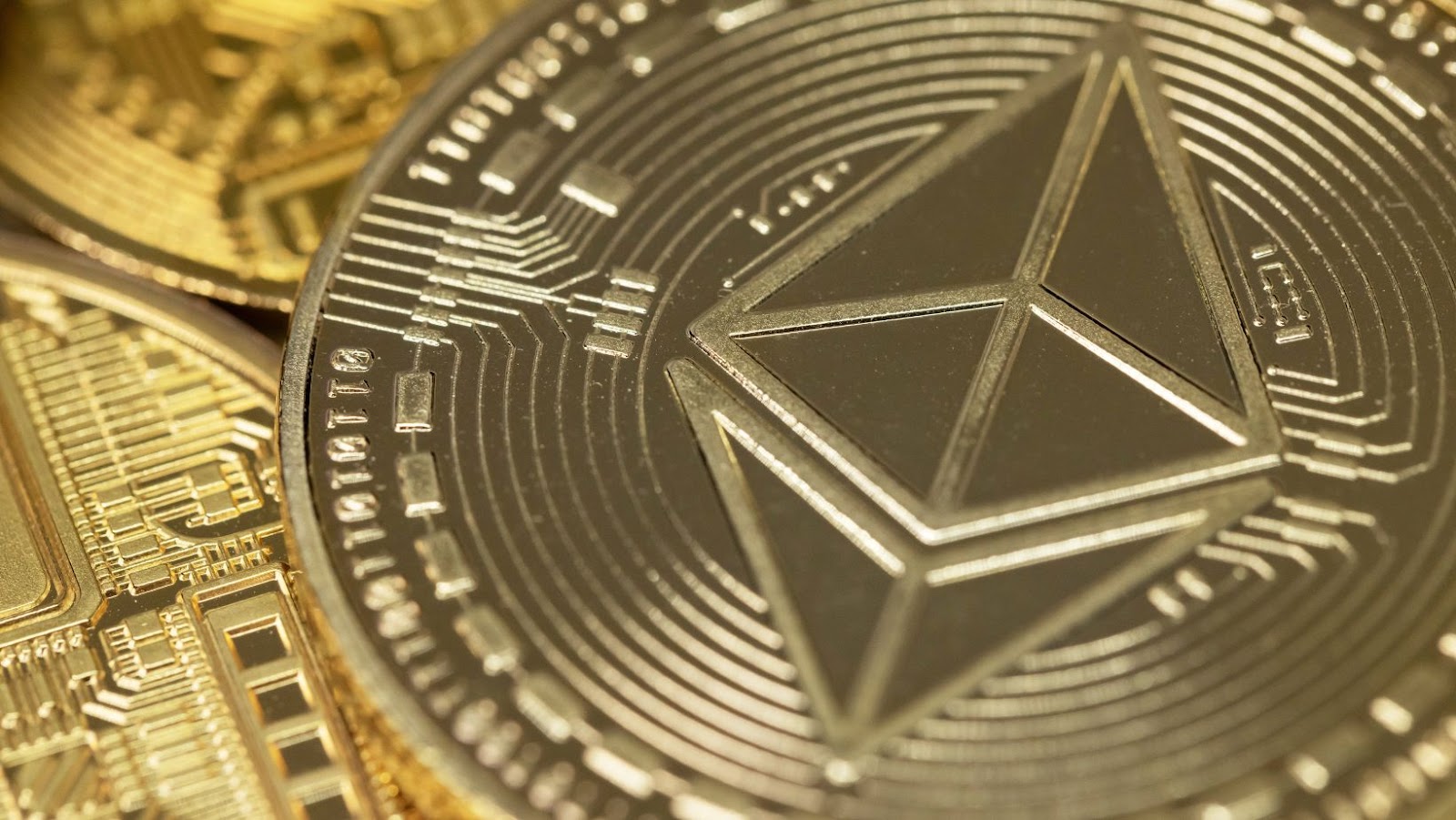
Ethereum is an open-source platform to create distributed applications fueled by Ether, a cryptocurrency. It was founded in 2015 by Vitalik Buterin, a 21-year old Russian-Canadian programmer and developer. Since then, the Ethereum project has grown exponentially, becoming one of the most popular cryptocurrencies in the world and drawing attention from financial institutions, governments, large firms, and everyday users.
The Ethereum community consists of users worldwide who are passionate about blockchain technology. This community of passionate users has been instrumental in helping promote the use of Ethereum’s platform for building decentralised applications (DApps). In addition, they have helped keep the project alive through code development, quality assurance testing and evangelism for Ethereum-based DApps.
The response from the Ethereum community has been nothing short of amazing. Supporters have devoted countless hours to improving its products and services to make them attractive to developers and promote usage with everyday consumers. In addition, the community is highly active on social media platforms such as Reddit and Twitter. They directly support new developers seeking assistance with their projects and share general insights on leveraging Blockchain technologies leveraging Ethereum’s platform capabilities.
Background
At the end of February, a critical bug was discovered in Ethereum’s Layer 2 solution, Optimism. This vulnerability allowed any user to send a malicious transaction that would break a contract.
To reward those who helped identify and remediate the vulnerability, the Ethereum community put up a $2M bounty for anyone who found and reported the bug.
Overview of Ethereum L2 Optimism
The recent launch of Ethereum Layer 2 solutions has been met with much enthusiasm from Ethereum’s user base. By providing a layer of optimization and cost reduction solutions to the existing protocol, developers have now opened the door to countless possibilities in scaling the network further. The success of this proposition has seen an influx of capital and resources aimed at building better infrastructure and deeper bridges on top of Ethereum’s open-source infrastructure.

Simply put, Ethereum L2 solutions optimise issues such as speed, security, scalability and cost that are currently not natively supported by Ethereum 1.x solutions. This is done through allowing transactions to be validated off-chain with a reduced trust factor or added stake from participating entities within the network. This method increases throughput capability & other efficiency gains while ensuring transaction immutability through consensus algorithms & continued oversight from miners/validators within the broader blockchain ecosystem.
Overall, this means that users will now be able to maintain the high degree of security they are accustomed to without overburdening their wallets with hefty Gas fees – thus creating a more accessible & decentralised use-case for DeFi projects and more traditional aspects such as payments, identity validation etc..
As a response to this positive feedback from members of the Ethereum community several companies have looked towards launching on Layer 2 quickly as possible before onboarding long term scalability projects as part of their roadmaps in late 2020/early 2021 (e.g Loopring’s Looping 3). What this ultimately translates into is that users can now experience nearly instant transactions & benefit from numerous other performance improvements – regardless if they are sending across ETH or an ERC20 asset – with greater privacy & autonomy compared to earlier iterations of Ethereum’s banking platform.
Critical bug discovered in Ethereum L2 Optimism
A critical bug was discovered in the Ethereum Layer2 Optimism scaling solution last week and has stirred up an uproar in the Ethereum community. The bug, identified on February 10th and caused a sudden malfunction of the Optimism platform, exposed a vulnerability that could allow attackers to perform unauthorised transactions at high speed.
The issue stems from a lack of proper authorization control within the network, allowing malicious actors to freely execute certain transactions without being checked. This type of attack is known as an authorization bypass attack, where someone can send coins faster than expected without going through the usual system checks.

In response to this issue, Ethereum developers issued an update to their clients that disabled the functionality associated with this attack vector. They are now investigating how the bug managed to go unnoticed for a long time. Additionally, since the attackers already possessed large amounts of ETH before exploiting this bug, it’s expected that they will be able to liquidate their holdings to realise sizable profits from their attack.
Though this attack has been mitigated, it has highlighted some important issues regarding scalability solutions on Ethereum – namely, security vulnerabilities could still exist when dealing with decentralised applications (dapps). In addition, the event serves as a reminder for developers working on Layer 2 solutions and has sparked conversations about updating security protocols around these projects.
Critical bug in Ethereum L2 Optimism, $2M bounty paid
The Ethereum community was rocked when a critical bug was discovered in Ethereum L2 Optimism, resulting in a bounty of $2M being paid out.
Reaction to the incident was mixed, as many Ethereum enthusiasts praised the bounty as a testament to how seriously the development team takes security. In contrast, others questioned the bug’s existence in the first place.
To better understand the Ethereum community’s response, we will delve deeper into this incident.
Ethereum Foundation’s response
The Ethereum Foundation quickly responded to the events of July 16, validating the safety and security of Ethereum as well as producing a statement covering the block reward reduction.
In their response, they outlined the steps they took to fix the bug:
- Disclosed the incident publicly so that Ethereum users and developers could take appropriate measures
- Issued additional comments clarifying technical details, including validating that all Ether had been preserved in user accounts
- Deployed a new version of Geth (Go-Ethereum) software to ensure all remaining bugs were fixed.
The Foundation also noted follow-up steps they would be taking to support further development:
- Training of developers and exchanges on best practices for maintaining network integrity
- Continuing research into increasing network security, reliability and scalability.
Finally, they proposed several solutions going forward including:
- Giving miners better resources for preparing for similar incidents, such as advanced warning systems
- Continually monitoring infrastructure costs associated with running their own ETH networks for better transparency.
Overall, this response from the Ethereum Foundation has been widely received as reassuring and responsible by community members, who are pleased to see a proactive response from one of Ethereum’s core groups.
Reactions from Ethereum developers
Ethereum developers were quick to respond to the Coinbase listing news. Most had largely positive things to say about the announcement, though some cautioned against taking it as a sign of the coin’s long-term viability.

The general sentiment from developers was that Coinbase’s addition of Ethereum indicated increased mainstream acceptance for digital currency projects. Many also noted that Ethereum had seen significant adoption outside its developer circles, with larger organisations becoming increasingly interested in its technology and potential applications. Some developers also highlighted Ethereum’s unique features, such as its built-in support for building smart contracts and other decentralised software applications.
Developers noted a variety of potential long-term implications stemming from Coinbase’s decision. Some thought it could signify greater industry acceptance and trust in the Ethereum project, driving further institutional investment into Ethereum-based products or applications. Others suggested it could spark renewed interest in digital currency projects, increasing volumes and liquidity across the cryptocurrency market. Additionally, some felt that it could help give Ethereum greater exposure to retail investors who may have been unaware of its existence or unwilling to invest in digital currencies before this development.
Ethereum user’s responses
The response from the Ethereum community to the introduction of cryptocurrencies has largely been positive. Ethereum users have praised its potential as a tool for decentralising financial systems and making transactions faster, safer and more secure. There has also been widespread discussion of how Ethereum-based technology can create new applications, including games, tokenized assets and digital voting systems.
For most Ethereum users, the primary benefit is speed: all transactions are secured with a cryptographic algorithm that prevents tampering or unauthorised duplication. As a result, instead of waiting for traditional banking institutions to approve, process and settle payments (which can take days), Ethereum users can make blockchain-based transactions almost immediately at any time. This allows them to quickly transfer money around the world with minimal or no fees at all in some cases while also protecting their privacy through strong encryption methods.
In addition to this accelerated speed of transaction time, other advantages come with using an Ethereum-based system. For example, transaction fees tend to be low due to the competitive nature of cryptocurrency exchanges, while smart contracts provide a high level of security and trust among users; both factors make it an appealing way to pay for goods or services online with cryptocurrency. Lastly, many companies are now beginning to offer their tokens which can be exchanged on cryptocurrency exchanges for denominated fiat currencies such as US dollars or Euros, thus facilitating a more versatile and achievable way of participating in the global economy in an open market environment where everybody may participate in freely trading goods and services worldwide without limitations from third party intermediaries like banks or credit card companies setting rules on who may transact together on their networks.


